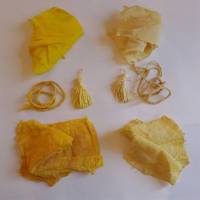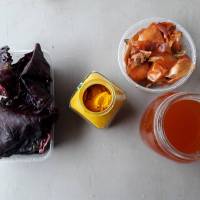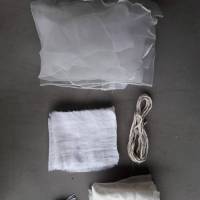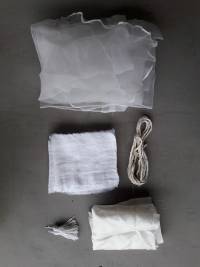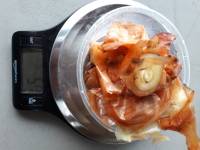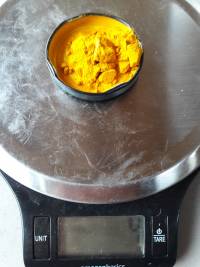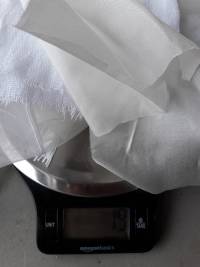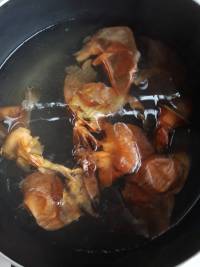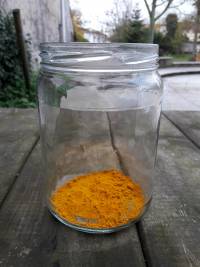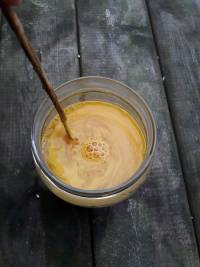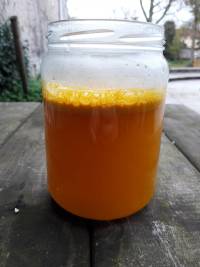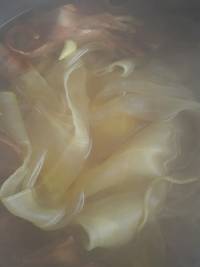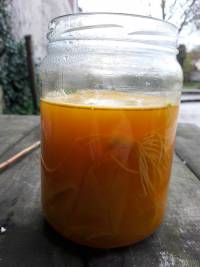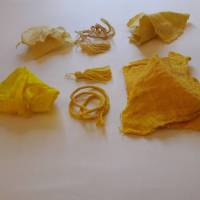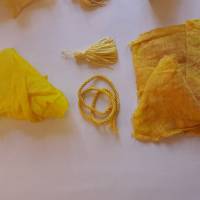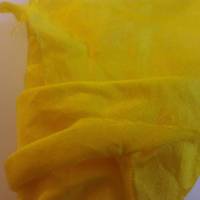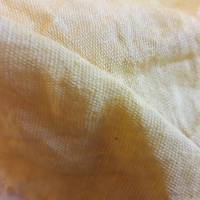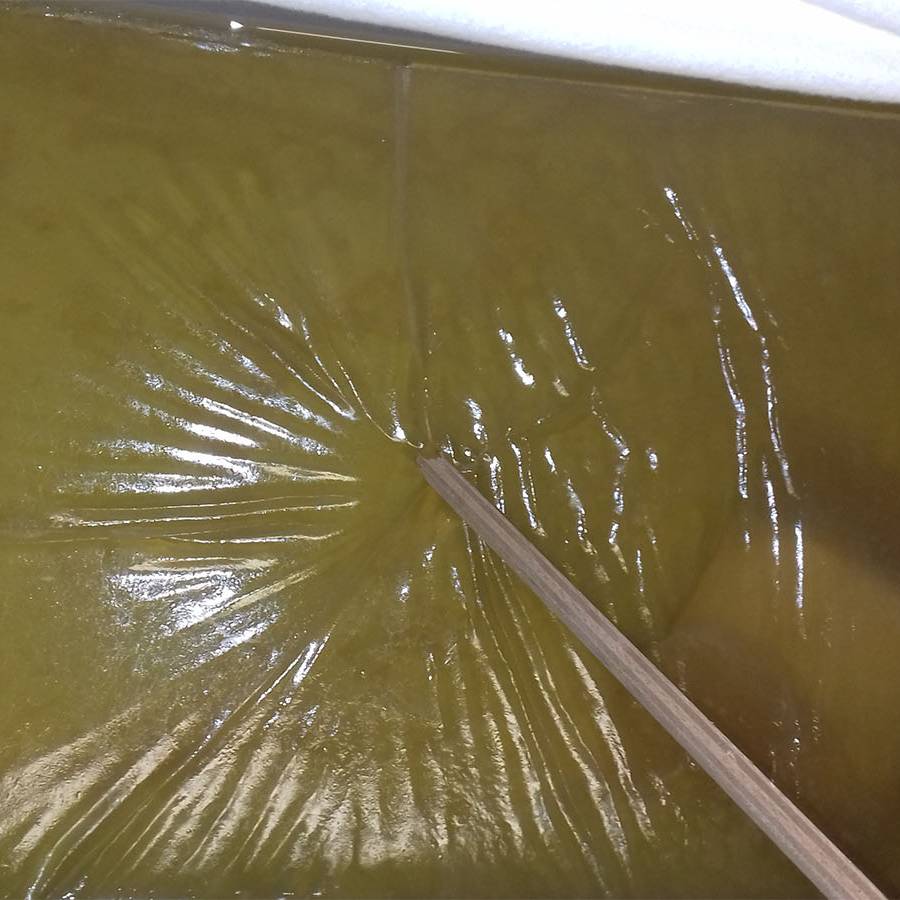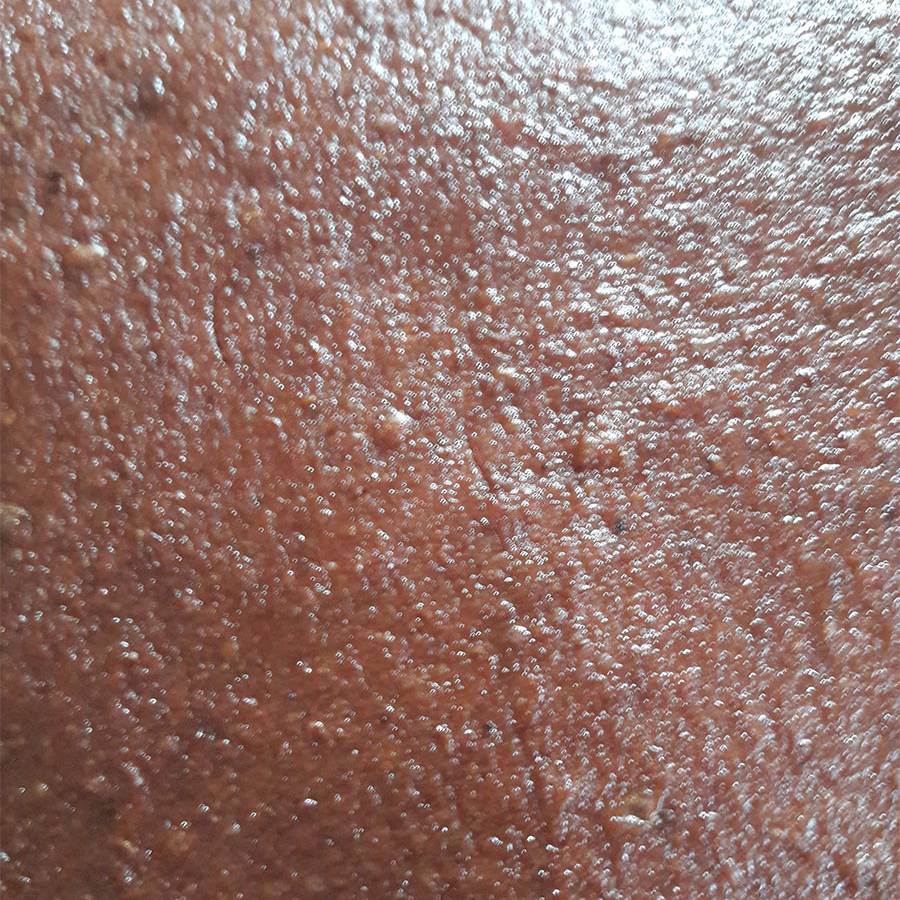Table of Contents
Class 4 : BIO DYES & BIOFABRICS
curcuma and oinions dyes
Technics
- natural dye
Material
- curcuma
- Cotton
- synthetic fabric
- water
Tools
- Recipients
- Mixing spoons
- Pot
- electric plate
- scale
BIO DYES
Assignment Project Description
The students can work in group, identifying tasks and splitting them, as long as they all proof they are able to carry out each task. They can choose to: Produce at least one natural dye, modifying it’s colour and mordanting it in different ways to dye at least 2 different categories of fibers. Explore dyeing with bacteria of different fibers and bacteria.
Compare natural dyeing on vegetable and synthetic fibre fabric.
Use the dyeing of turmeric and onions that do not require biting.
Inspirations & References
technique de teinture this very rich color chart website
Dye fabric strips with onion peelings and turmeric
1/ Fabrics are recovered
2/onion peelings are recovered from kitchen leftovers
3/kurkuma spice
Curcumin, the active ingredient of Indian saffron, is a powerful antioxidant that protects the body from cell damage caused by free radicals.
4/ Weigh of fibre
5/ Dip onion peelings in hot water
6/mix turmeric with hot water
7/Immerse the fabric in water
8/soak the fabric in water and gently stir until the dye is evenly distribute
9/take the fabric out of the bath and rinse it with warm, clear water
10/allow the fabric to dry
11/the kurkuma dyeing is of an intense yellow and the onion dyeing is light yellow
Improvements and Challenges
the turmeric-dyed fabric gives a deep colour.
Does turmeric retain its antioxidant properties in the tissue?
